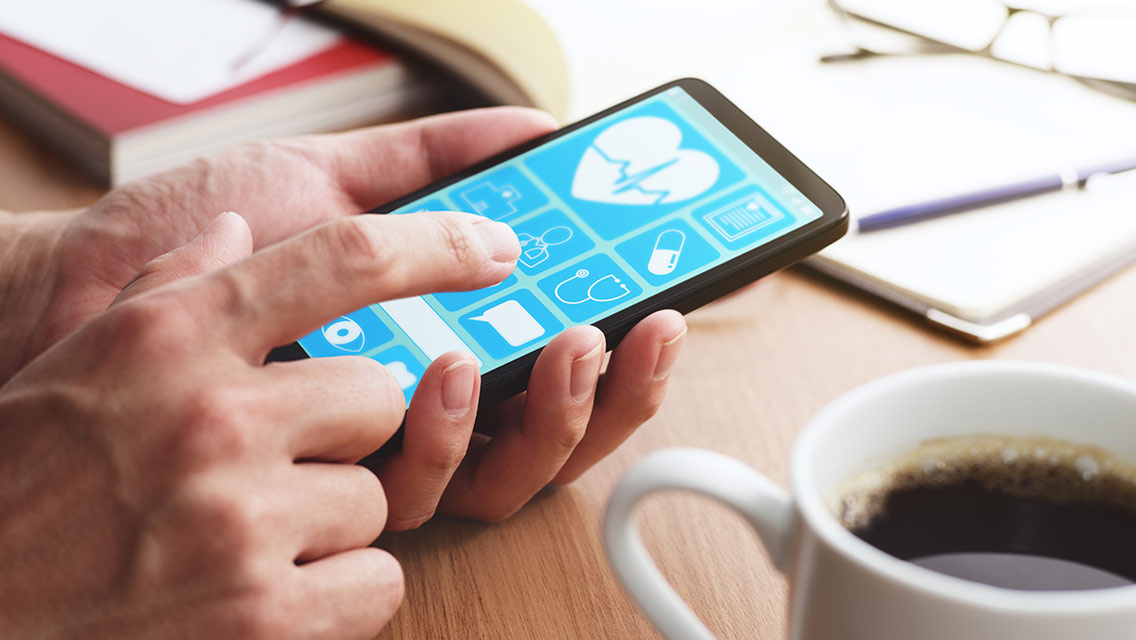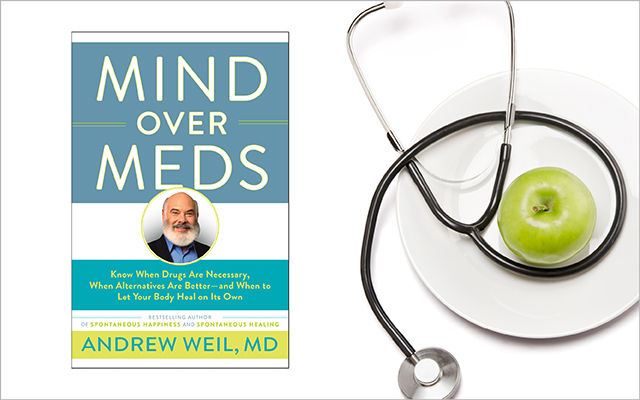I like to think of myself as the kind of guy who can navigate reasonably well when faced with the faceless façade of most institutional bureaucracies. Just the other day, for instance, I was able to bob and weave my way among customer-service options and eventually connect with a human who was willing to remove a mistaken charge on our credit card. Sure, I mistakenly hung up on one representative midway through the process and had to start over, but still. . . . My recent introduction to the local healthcare system, however, has left me feeling even more at sea than usual.
Full disclosure: Before my recent “hypertensive crisis” that landed me in the ER, I hadn’t established any relationship with a primary care provider — no screenings, no physicals, no prescriptions — for a good many years. COVID demanded inoculations, of course, but those jabs were delivered like I was picking up a burger and fries at the drive-thru: no physician interaction required. So, you might argue that my general cluelessness about patient portals, prescription refills, and general communication protocols is less a product of the system than of my own inexperience. But experts suggest it’s more complicated than that.
Procuring my first batch of blood pressure pills once I was released from the ER was a simple matter. The nurse told me they’d be waiting at my neighborhood pharmacy; all I had to do was show up and ask for them. Refilling that prescription a month later, however, was another matter.
When I asked my new doctor during our initial meeting how I should communicate with her should a question arise, she suggested that I leave a message on the patient portal. “I get some notes at 3 a.m.,” she admitted.
So, when my supply of lisinopril, one of my two new blood pressure medications, was running low, I sent her a note asking for advice on how to get a refill. A day passed. Two days. The weekend. Finally, an automatic reply showed up in the patient portal, assuring me that my inquiry had been forwarded to the appropriate party. Then . . . crickets. Down to my last few pills, I finally walked over to the pharmacy and asked the human behind the glass how I might proceed.
“Oh,” she replied. “I’ll call your clinic and get approval.”
It was there waiting for me the next day. I never heard from my doctor, but I did become slightly obsessed with the patient portal.
The portal, I came to discover, alerted me about payments due, while offering summaries of my doctor visits, dates and times of future appointments, the results of tests I’d undergone, and — just in case I was interested — news that a new prescription was waiting for me at the drug store.
My doctor had earlier suggested that I simply continue to take two doses of the 2.5 mg amlodipine she’d prescribed at our initial visit rather than move on to the 5 mg version because she didn’t think Medicare would cover the higher dosage. But here the portal was telling me the 5 mg pills were ready for me to pick up.
I briefly considered sending her a message.
And just last week, it occurred to me that she had recommended I undergo a coronary calcium scan to determine whether we’d need to treat any arterial blockage with statins. I had assumed someone from the clinic would reach out to see that I’d followed up on the suggestion, but I was getting the distinct impression that I was pretty much on my own here. I searched the portal and discovered that she had provided a list of specialists who could probably do the job. One phone call later, I was all set up.
I can certainly chalk up a portion of my recent confusion to simple ignorance, but to hear Chavi Karkowsky, MD, tell it, even seasoned veterans of America’s healthcare maze often find themselves stymied by its many administrative obstacles. She cites a 2021 study by Harvard Medical School researcher Michael Anne Kyle, PhD, RN, showing that about one in four insured adults reported that administrative tasks — everything from calling the clinic and organizing referrals to checking on prescription refills and translating medical bills — had delayed or cancelled some type of healthcare procedure.
This can result in simple annoyance — as in my case — or in serious health consequences. Writing in the New York Times, Karkowsky, a maternal-fetal medicine physician in New York City, tells the story of a woman at the beginning of the third trimester of her pregnancy who showed up in the emergency room with a serious kidney infection while undergoing early labor contractions. The patient reported that she had noticed signs of a urinary tract infection a few days earlier and had visited her doctor, who ordered a prescription for antibiotics. Some administrative glitch, however, prevented the pharmacist from filling the order. By then it was the weekend; she couldn’t get through to her doctor. When she awoke in the middle of the night struggling to breathe, she called 911.
“That [space between the care patients actually receive and the care providers] is full of barriers — tasks, paperwork, bureaucracy. Each is a point where someone can say no. This can be called the administrative burden of healthcare. It’s composed of work that is almost always boring but sometimes causes tremendous and unnecessary human suffering.”
The incident, Karkowsky recalls, describes the space between the care patients actually receive and the care providers want to provide. “That space is full of barriers — tasks, paperwork, bureaucracy. Each is a point where someone can say no,” she writes. “This can be called the administrative burden of healthcare. It’s composed of work that is almost always boring but sometimes causes tremendous and unnecessary human suffering.”
Her patient was hospitalized for several days while receiving antibiotics intravenously. Her contractions stopped and her condition stabilized, but she refused to be discharged until she had her prescription antibiotics in her hands. “She felt we had saved her life and kept her baby safe,” Karkowsky notes. “She just wasn’t sure she could trust the rest of the system to do the same.”
It’s a system designed increasingly to push the administration burden — and thus its costs in time and energy — onto the patient, Karkowsky argues. And it’s not always for nefarious purposes:
Clinics do it to improve their efficiency and serve patients better; a pharmacy might ask a customer to jump through some hoops with their clinic and insurer in an honest attempt to save them some money.
But it’s standard operating procedure for insurance companies, says Andrew Friedson, PhD, director of health economics at the Milken Institute’ research department. “When you’re trying to incentivize things, and you don’t want to push up the dollar cost, you can push up the time cost,” he tells Karkowsky.
Not surprisingly, that cost in time and energy falls most heavily on the most vulnerable among us: the chronically ill, non-English speakers, the poor. Karkowsky describes one of her patients who had to take the morning off from her job to shuffle documents between a Medicaid office and her pharmacy just to prove she lacked other insurance coverage so she could get what she needed for her diabetes treatment. “A pack of glucose test strips had cost her a small copay — and likely most of a day’s lost wages,” she notes.
There’s no easy way to document these costs, so the problem seldom rises to the attention of policymakers. But solutions do exist. Kyle, the coauthor of the Harvard report, suggests that requiring all healthcare companies to use the same form for medication approvals would relieve one large burden for patients. And Karkowsky would like to see insurance companies expand their coverage of the care coordinators now often deployed to assist some cancer patients. These folks could act as a guide to help more people navigate the administrative maze.
But insurance companies are not likely to support such an expansion of services, she admits. “This work isn’t easily billable — reimbursement for care coordination and filling out forms is more difficult and less lucrative than for things such as delivering babies and performing ultrasounds, though the time spent may be the same and the necessity just as acute.”
So, most of us are left to find our way on our own. I’m grateful that none of my various snafus has led to serious treatment issues — or lost paydays. Meanwhile, I’ll continue to visit my patient portal, communicate with the pharmacists, schedule appointments, and hope someday to hear from my doctor about that prescription.





This Post Has 0 Comments